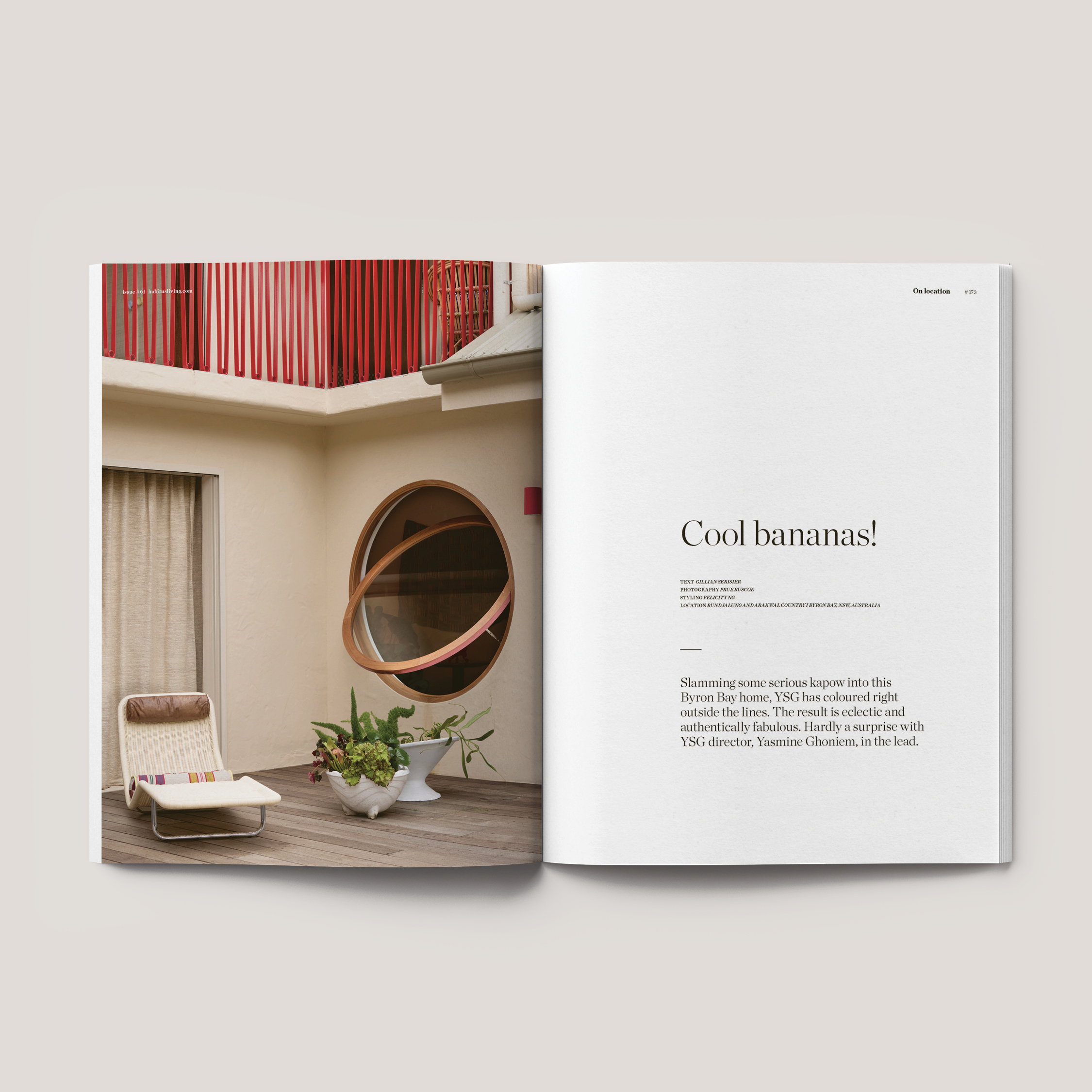A comprehensive new book tells the unfathomably long and rich story of Australian art, stretching back millennia before European invasion and colonisation. 65000 Years: A Short History of Australian Art is edited by Professor Marcia Langton AO and Ms Judith Ryan AM, and is published in association with a major exhibition at the University of Melbourne’s revitalised Potter Museum of Art, opening in 2025.
The exhibition will share the same titled and is set to feature over 400 artworks that celebrate the longevity and brilliance of Aboriginal and Torres Strait Islander art. The book is courageously forthright in addressing the violent history of colonialism and scientific racism, presenting the long history of art on the continent without disavowing this wider context – including how appreciation of Aboriginal and Torres Strait Islander art has been marginalised and under-appreciated by Australia for some time.

“Predominantly, the art establishment failed to see our art as the visual and artistic heritage of many peoples inhabiting this land long before the colonists arrived,” writes Langton in her introduction.
“Imagine the sense of puzzlement of the Aboriginal inheritors of the ancient design traditions of Australia as the artworks of the settlers displaced their own, and their galleries and museums cast them as merely ‘primitive’ works not worthy of being regarded as art and consigned them to separate galleries and museums.”
Related: Objects of desire

Artetyerre, 2008
synthetic polymer paint on canvas
150 x 300 cm
National Gallery of Australia, Kamberri / Canberra, 2009.20
As an art history, the book documents how artistic practices and new art forms were disregarded by settlers, and not considered to be ‘fine art’ until the late 1980s. By fully telling and contextualising these histories, the book makes a strong impression in sheer temporal terms. The reader is left to truly reflect on the existence of traditions of creativity that have been continuously shaping these lands for thousands of generations, and then to consider what that means in the context of contemporary understandings of the value of art. Today’s emphasis on western traditions, albeit perhaps less exclusionary than in previous decades, seems almost trivially short in its lifespan when the full life of the Australian continent is presented.
Professor Marcia Langton AO – a descendant of the Yiman and Bidjara nations of Queensland – is an anthropologist, geographer, academic and public intellectual. Since 2000 she has been Foundation Chair of Australian Indigenous Studies at the University of Melbourne, where she is Associate Provost. Alongside her editing the book is Ms Judith Ryan AM, an art historian and Senior Curator, Art Museums at the University of Melbourne; she was also previously Senior Curator of Indigenous Art at the National Gallery of Victoria.

(English, 1774–1826, lived in Australia 1814–c. 1823)
Corroboree at Newcastle, c. 1818
oil on wooden panel
70.5 x 122.4 cm
State Library of NSW, Sydney
Presented by Sir William Dixson, June 1938, DG228
The publishers add that “this courageous and comprehensive exploration calls us to bear witness to 65,000 years of continuous culture, Indigenous knowledge and powerful art,” also referring to it as a “landmark publication.”
As a physical object in and of itself, 65,000 Years: A Short History of Australian Art is undeniably gorgeous. The book’s metallic grey cover sits alongside blue sprayed edges, while rich imagery is present throughout. Professor Barry Judd, Deputy Vice Chancellor (Indigenous) and the University of Melbourne writes one foreword, the other by Charlotte Day, Director at the Potter Museum of Art, University of Melbourne. Chapters then turn to place and/or time, with sections including ‘First Encounters and Frontier Wars,’ ‘Resistance and Innovation’ and ‘Cultural Astronomy,’ as well as a number focusing on art in locations such as Anrhem land, the Central and Western Deserts and the Kimberley.
Find out more and get hold of the book here!


Western Arnhem Land.
Courtesy Eve Chaloupka

(Dhalwaŋu clan, Yirritja moiety)
Dhulmu-mulka bathi, 1942
pandanus, natural pigments, feathers
64 x 25 x 11.5 cm
Donald Thomson Collection
The University of Melbourne, DT 329

(Pintupi, c. 1930–2011)
Untitled, 2008
synthetic polymer paint on linen
150 x 180 cm
Hassall Collection, Gadigal Nura, Sydney

(Pintupi, c. 1925–2001)
Water man at Kalipinypa, 1973
poster paint with PVA glue on composition board
102 x 71 cm
Fondation Opale, Switzerland, BP608





